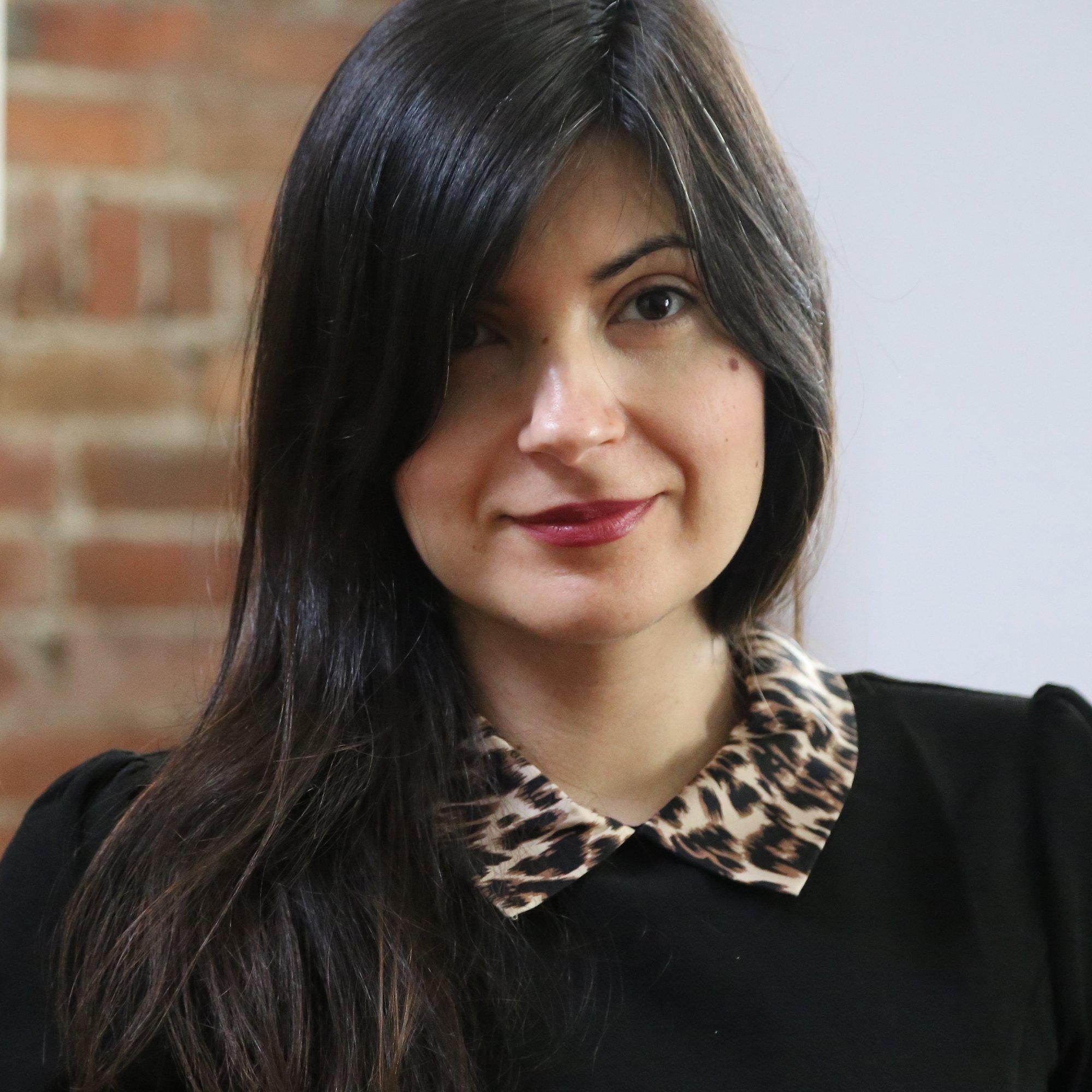Cool Class: Mona Awad’s Art of the Fairy Tale
In Art of the Fairy Tale, undergraduate students delve into stories that have stood the test of time.

From an early age, fairy tales enter our lives and shape our view of the world. The classics like Cinderella, Rapunzel and Beauty and the Beast help to build literacy and expand our imagination. But young children aren’t the only ones who can benefit from fairy tales. They can be useful for college students, too.
Since coming to Syracuse University in 2020, bestselling author and professor of English Mona Awad has taught a course titled Art of the Fairy Tale. During the semester, students take part in writing exercises, read classic fairy tales such as Snow White and Beauty and the Beast, and discuss what makes these stories compelling. The class culminates with them writing their own fairy tale.
Awad, whose acclaimed novel Bunny was named a top book of 2019 by TIME, Vogue and others, is no stranger to the fairy tale genre. As a graduate student at the University of Edinburgh, fairy tales served as the subject of her dissertation.
“I spent a lot of time in the National Library of Scotland just reading fairy tales and criticism and theory, and I was just completely mesmerized,” says Awad. Her forthcoming book, Rouge: A Novel (Simon & Schuster, 2023) is a gothic fairy tale about a lonely dress shop clerk whose mother’s unexpected death sends her down a treacherous path in pursuit of youth and beauty. Rouge is slated to hit bookshelves in September.
In the latest installment of the College of Arts and Sciences’ (A&S’) Cool Class feature, we spoke with Awad about what makes the class so popular and what fairy tales can teach students about creative writing.

Why are fairy tales a good entry point to writing for students?
Mona Awad (MA): Creative writing can be really intimidating to a young writer, especially somebody who's not thinking about it as a vocation or as what they want to do exclusively. Fairy tales offer a way into creative writing because they’re all around us. These are stories that we've been hearing since we were kids. We read them and we see the Disney versions. They are part of the fabric of our lives and so when you give students fairy tales they realize, ‘Oh my gosh, I know stories, I know how to do this.’ It's a way for them to learn other aspects of craft like voice, like character, like style and they have a story as a blueprint.
Who should enroll?
MA: While the majority of students are English majors, the course is open to all undergraduate students at Syracuse University. I’ve had majors ranging from illustration in the College of Visual and Performing Arts to psychology in A&S.
What does the class entail?
MA: Each week we'll look at a different kind of fairy tale story. For example, we spend a week looking at Snow White stories. There are so many of those. We spend two weeks on Beauty and the Beast, which is the most popular fairy tale in the world. It has so many different variations across the globe spanning centuries. We spend a week or two on ogres: there's a lot of fear of being devoured in fairy tales which is very interesting. Strange family dynamics are another common theme in fairy tales. We'll look at these different motifs and I'll ask the students to rework that motif, to reimagine it through their own lens.
Can you provide an example on that exercise?
MA: I’ll have students retell a scene in a fairy tale from a different perspective. So, tell the story of Little Red Riding Hood from the perspective of the wolf, or maybe you want to inhabit Little Red Riding Hood through the first person rather than through third person. Maybe you want to tell that story through the perspective of the grandmother. The idea is just to reimagine it and find your own way inside of it. I think this makes them feel really empowered and allows them to have a voice and tell this story through their own eyes, bringing their own experience, their own sense of the world into it.
What is the culmination of the course?
MA: For the final, each student writes their own fairy tale. They can rewrite an existing fairy tale, or they can take a motif, so for example Beauty and the Beast - the idea of a beast lover - and put it in their own story. Then they share their first draft with the other students and get feedback from them and from me. Then they rewrite and share their revision in a reading that we do at the end of the semester.
What are your takeaways from that exercise?
MA: It's my favorite thing to do. I love reading the first draft and I love reading the revisions. I'm always blown away by where they go. They take such incredible risks and they have so much fun, and I think that's the other reason I love teaching fairy tales. A fiction workshop can be intimidating, but a fairy tale feels so familiar and so close. I think a lot of inhibitions and anxiety drops away and students are more inclined to have fun. There's a lot of evidence of fun in their stories, and that's where the good stuff is. The beautiful thing about fairy tales too is that there's real heartbreak and pain and sorrow in them. Even though it's fun, the students will often come upon something really meaningful and deep in exploring this fun story.
Will this course or something similar be offered again soon?
MA: In spring 2024 I'll be teaching a horror class to the undergrads called Tentacles Longer Than Night: Horror Fiction and Film and plan to teach Art of the Fairy Tale again in spring 2025. Like fairy tales, horror is another wonderful portal into scary and fun stuff. I look forward reading the students’ work.
Featured
Mona Awad Esther M. Larsen Faculty Fellow in the Humanities and Assistant Professor
